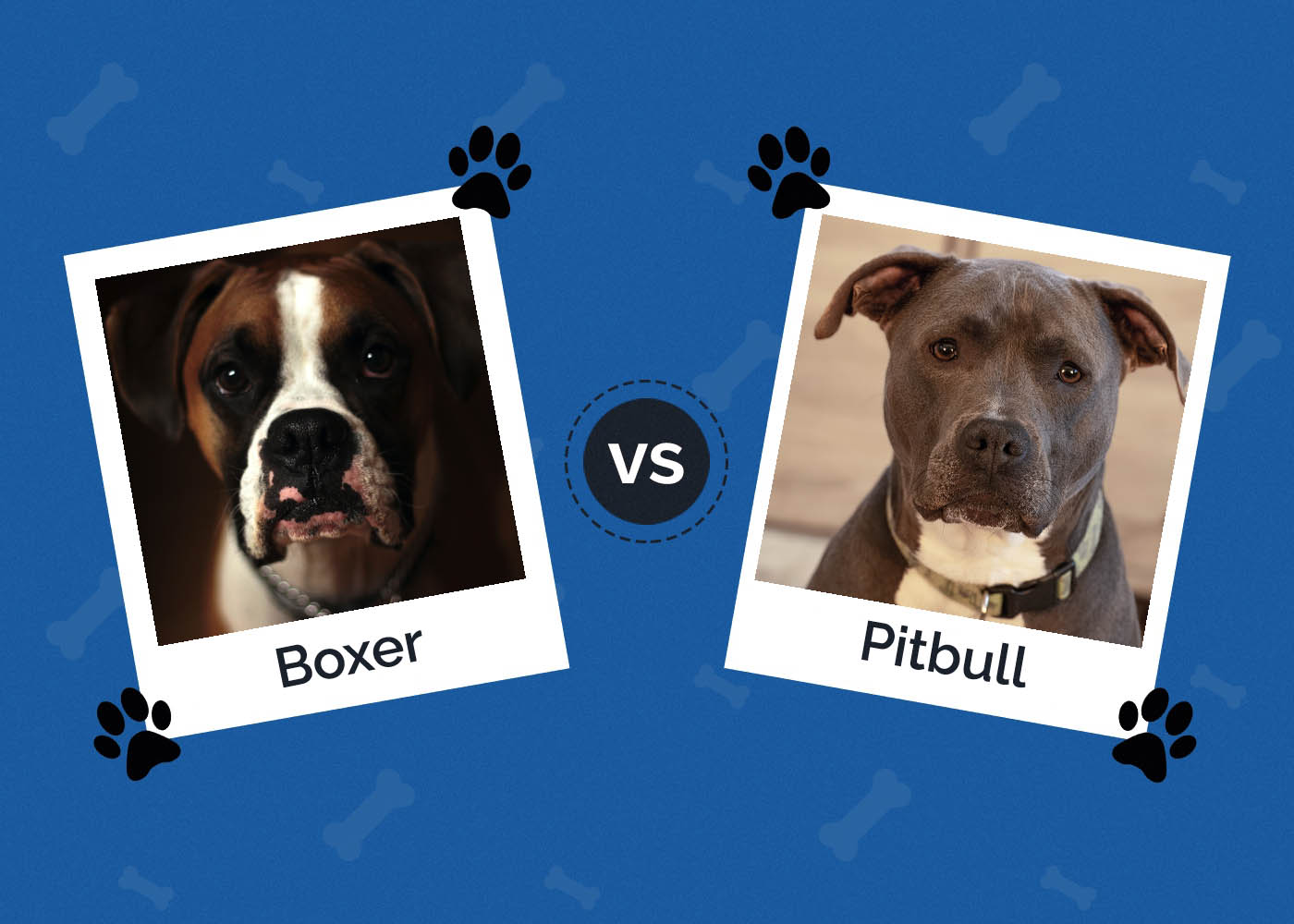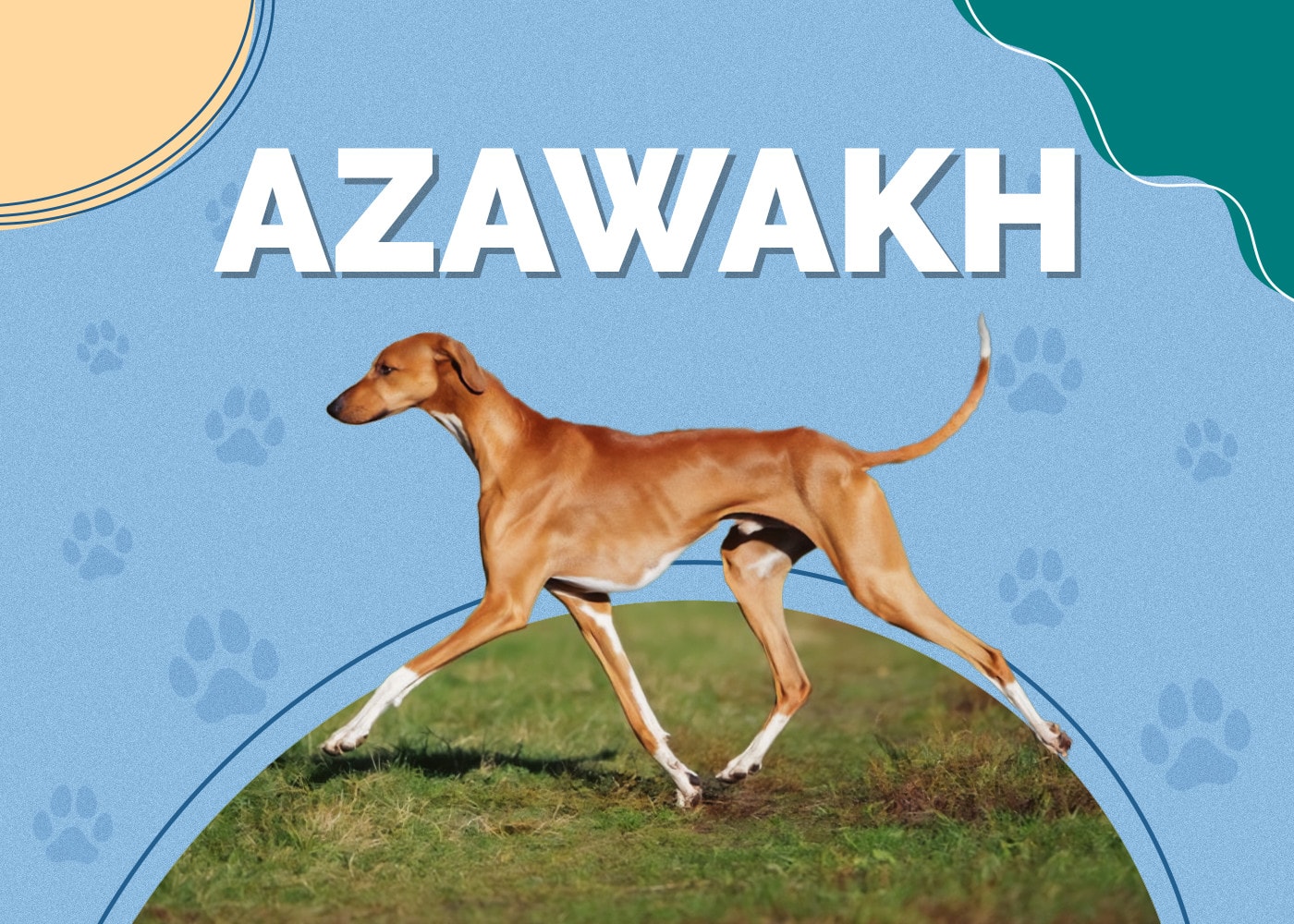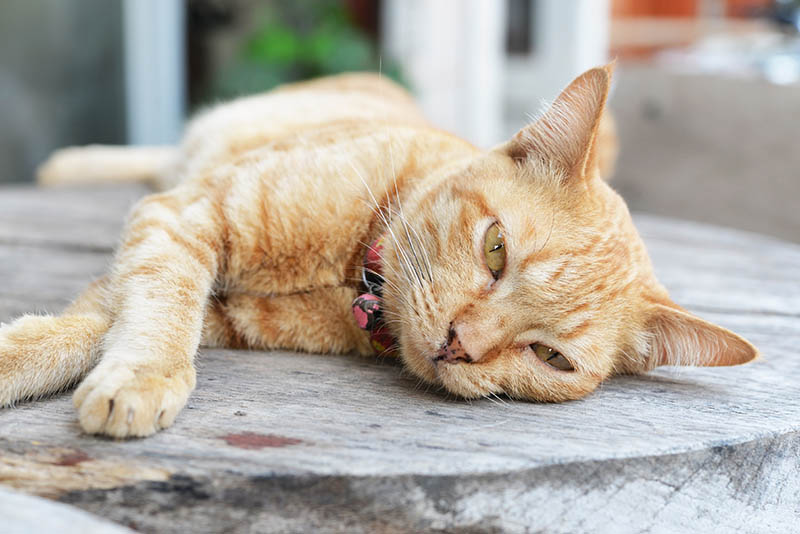Piebald Weimaraner: Facts, Origin & History (With Pictures)
By Adam Mann
Updated on

Click to Skip Ahead
While the piebald Weimaraner isn’t the most well-known dog breed out there, if you’re looking for a hunting dog, it’s hard to find a better choice.
These are extremely loving dogs with unique care requirements and a rich history, making it extremely interesting to learn more about them!
| Height: | 23–27 inches |
| Weight: | 55–90 pounds |
| Lifespan: | 10–13 years |
| Colors: | Blue, gray, or silver gray |
| Suitable for: | Active families, singles, or those looking for a working dog |
| Temperament: | Loyal & loving, intelligent, easy to train, friendly, gets along with kids |
If you’re looking for a high-energy working dog, a piebald Weimaraner is an excellent choice. They’re not the only color variation for this dog out there, but they feature an extremely cute appearance.
Just know that they have a ton of energy you’ll need to handle on a daily basis, and they don’t handle small pets very well. We recommend this breed if you want a working dog, but everyone else should proceed with caution since it can be challenging to meet all their exercise needs.
Piebald Weimaraner Breed Characteristics
The Earliest Records of Piebald Weimaraner in History
The name Weimaraner even sounds German, so it’s no surprise that’s where this breed gets its early origins. The Weimaraner first appeared in the 19th century,1 and people loved them because of their character and outstanding hunting abilities.
In the beginning, nobles rigidly controlled who could assess these pups, and it wasn’t until 1938 that the German Weimaraner Club first sent fertile dogs out of their direct control. The club sent these dogs to a New England sportsman named Howard Knight.
It didn’t take long from there for the Weimaraner to gain acceptance in the United States. The Weimaraner Club of America was formed in 1942, and that same year, the American Kennel Club (AKC) formally accepted the breed.
However, the piebald Weimaraner still has not gained formal acceptance, with the only acceptable colors being solid blue, gray, or silver gray.

How Piebald Weimaraner Gained Popularity
With a high energy drive and an eagerness to please, the Weimaraner quickly gained popularity as an outstanding hunting dog. However, while the piebald Weimaraner has all these same characteristics, their lack of a solid color makes them less desirable to many people.
But while a piebald Weimaraner might not come with the same pedigree as a Weimaraner with a solid coat, you still get all the same outstanding signature personality traits with one.
Overall, the Weimaraner is still an extremely popular breed, but the piebald Weimaraner doesn’t maintain the same levels of popularity.
Formal Recognition of Piebald Weimaraner
The AKC formally recognized the Weimaraner in 1942, but they only formally accepted solid-colored Weimaraners. Furthermore, they only accept three solid color variations: blue, gray, and silver gray.
While there seems to be a reasonably robust consumer market for the piebald Weimaraner, it doesn’t look like any bicolor variation is going to gain formal acceptance anytime soon.
Still, because so many consumers enjoy the appearance of the piebald Weimaraner, they’re also not going to disappear in the near future. But without formal recognition from a club like the AKC, it’s up to each breeder and potential purchaser to verify the lineage of the Weimaraner they’re looking to purchase.

Top 4 Unique Facts About the Piebald Weimaraner
The Weimaraner is an extremely interesting breed that has tons of unique facts and history to pull from. We could highlight dozens for you here, but instead, we’ve narrowed it down to our favorite four.
1. They Know How to Relax
While there’s no denying that the Weimaraner is an extremely high-energy breed and that you need to meet these exercise requirements, they also know how to relax after a hard day. If you’re meeting their daily exercise needs, they have no problem curling up and relaxing with you in the evening.
2. They’re Born With Stripes
This is fairly ironic since the only formally recognized Weimaraner are solid colors, but every Weimaraner has stripes when they’re born. Those stripes only last for a few days though, but it’s still pretty interesting.
3. They Don’t Handle Other Pets Well
While you can train your Weimaraner to handle other dogs with proper socialization, they often don’t handle cats and other small pets well. Their hunting instincts often take over, and this can lead to big problems.
4. Their Nickname Is the Gray Ghost
The Weimaraner more than earns this cool nickname because of their coat and their unique hunting style. They’re incredibly stealthy, often sneaking up on prey instead of barreling right through everything and everyone to get there.
Does a Piebald Weimaraner Make a Good Pet?
As long as you can meet their high exercise requirements, the piebald Weimaraner makes an outstanding pet. They’ll happily join you on runs, hikes, and hunts, and they’re easy to train.
If you’re looking for an extremely loyal companion with energy for days, the Weimaraner is an outstanding choice. But if you live in the city or somewhere else you can’t get them out enough, you might want to go with a different breed.
These are high-energy pups, and while they can calm down in the evening, this is only if you’re meeting their high exercise demands.
Conclusion
While you’re not going to get a registered piebald Weimaraner, that shouldn’t keep you from checking one out. They’re identical to solid-colored Weimaraners in every way, so if you prefer the way a piebald looks, there’s nothing wrong with getting one.
In fact, since they don’t come with the same pedigree, you might even be able to save a few bucks by getting a piebald Weimaraner!
Featured Image Credit: Santos Roman, Shutterstock













